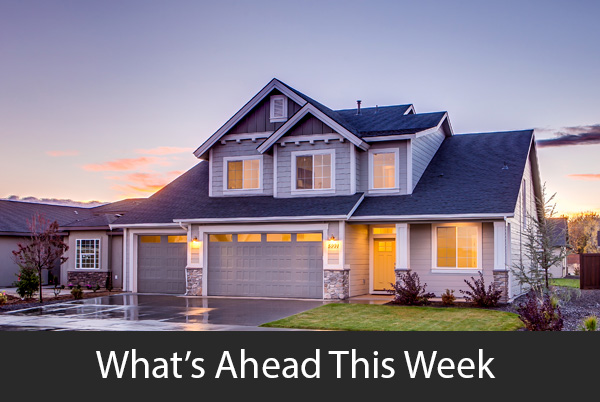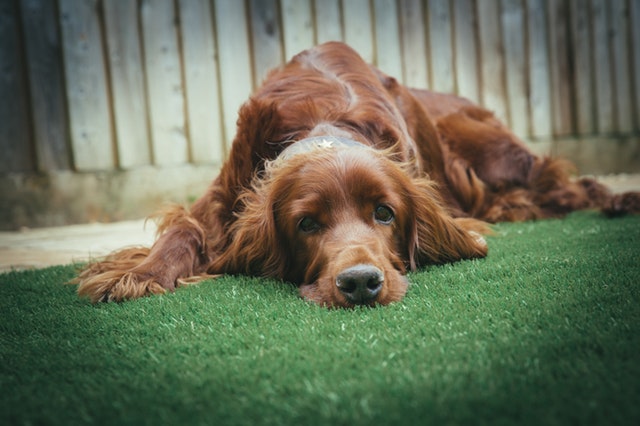What’s Ahead For Mortgage Rates This Week – June 3rd, 2019
 Last week’s economic news included readings from Case-Shiller on home prices and pending home sales. Readings on consumer confidence and weekly reports on mortgage rates and new jobless claims were also released.
Last week’s economic news included readings from Case-Shiller on home prices and pending home sales. Readings on consumer confidence and weekly reports on mortgage rates and new jobless claims were also released.
Case-Shiller: Home Price Growth Slows in March
While home prices continue to rise throughout the U.S., they are growing at a slower pace. Case-Shiller reported that Home prices dropped 0.20 percent in March to a growth rate of 3.70 percent on a seasonally-adjusted annual basis. Case-Shiller said that March home price growth was the lowest rate reported in 10 years.
Top cities for home price growth in March were Last Vegas, Nevada with a seasonally-adjusted year-over-year home price growth rate of 8.20 percent; Home prices rose 6.10 percent in Phoenix, Arizona and increased by 5.30 percent in Tampa, Florida. These three metro areas suffered steep declines in home prices during the recession.
Home prices are no longer growing at double-digit rates, and the West Coast is no longer experiencing rapid growth of home prices previously reported in Seattle, Washington, San Francisco and Los Angles California metro areas. Analysts said that while home-buyers continue to seek homes in temperate climates, they are no longer looking in high-cost coastal metro areas. New York City was the only metro area reporting a month-to- month negative growth rate in home prices, but it is already one of the highest cost housing markets in the nation.
Pending Home Sales Fall for 16th Consecutive Month
According to the National Association of Realtors®, the annual rate of pending home sales fell for the 16th consecutive month in April. The Midwest region was the only region to report growth in pending home sales with a reading of +1.30 percent growth. Northeastern regional pending sales fell by -1.80 percent. Pending home sales dropped -2.50 percent in the South and fell by -1.80 percent in the West. Real estate pros and mortgage lenders track pending home sales as an indicator of future home sales closed and mortgage loan volume.
Mortgage Rates Fall as New Jobless Claims Rise
Mortgage rates fell across the board last week in response to uncertainty in global markets. Rates for 30-year fixed rate mortgages fell seven basis points to 3.99 percent; rates for 15-year fixed rate mortgages averaged 3.46 percent and fell five basis points. Rates for 5/1 adjustable rate mortgages fell an average of eight basis points to 3.60 percent. Discount points averaged 0.50 percent for fixed rate mortgages and 0.40 percent for 5/1 adjustable rate mortgages.
Weekly jobless claims rose to 215,000 initial claims and matched expectations. Analysts did not find last week’s increase of 3000 new claims filed an indicator of weakening economic conditions. Unemployment remains near an all-time low set in 1968.
Consumer confidence as reported by the University of Michigan’s consumer sentiment index was revised to reflect a dip in consumer confidence after tariffs on Chinese imports were imposed. Consumer confidence dropped to an index reading of 100.0 as compared to May’s initial reading of 102.4.
What‘s Ahead
This week’s scheduled economic reports include readings on construction spending and labor sector reports on private and public sector job growth and the national unemployment. Weekly reports on mortgage rates and new unemployment claims will also be released.

 For those who have not taken a look at the innovative technology that is now used to make artificial grass, they will be surprised at how realistic some of the newest products look when compared to living grass. Installing artificial grass, which is high quality, does not come cheap.
For those who have not taken a look at the innovative technology that is now used to make artificial grass, they will be surprised at how realistic some of the newest products look when compared to living grass. Installing artificial grass, which is high quality, does not come cheap. How does an average homeowner become a real estate investor? Certainly, owning a home is an investment in real estate. However, this guide discusses the next step for many to become a real estate investor. This is to buy another property and use it for a commercial purpose. Owning another home is less of a burden when an investor finds a way to make the home pay for itself.
How does an average homeowner become a real estate investor? Certainly, owning a home is an investment in real estate. However, this guide discusses the next step for many to become a real estate investor. This is to buy another property and use it for a commercial purpose. Owning another home is less of a burden when an investor finds a way to make the home pay for itself.